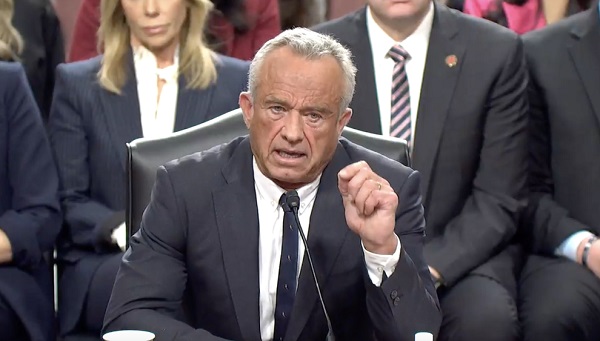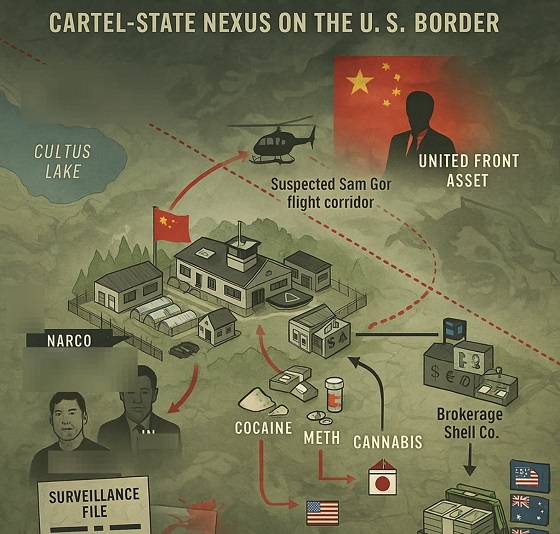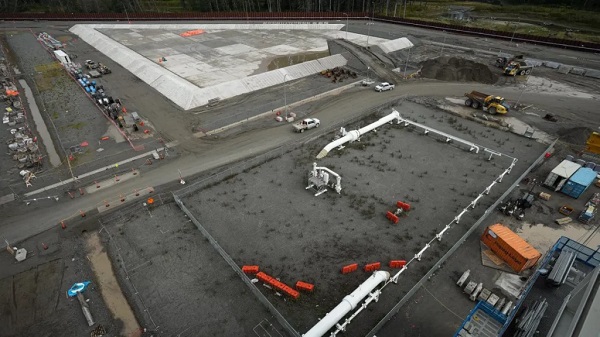Alberta
Meet Internationally Acclaimed Central Alberta Artist David More Saturday at Red Deer Museum + Art Gallery

An exploration of the garden through a lifetime of artwork by noted western Canadian painter David More.
Book launch with artist on Saturday, September 11, 2021, from 2:00-4:00 PM, at the Red Deer Museum + Art Gallery (MAG) – public and media welcome.
As Red Deer’s cultural scene grows and matures, it is important to build a record of those who have made the path, inspired us, and used their creative talent to expand our perception of the world around us.
Greatest Garden: The Paintings of David More is a celebration of Benalto landscape painter David More’s engagement with the garden as a multifaceted subject. Featuring over fifty original artworks, this book encompasses a career spent in conversation with gardens in their many and varied forms. With lively brushwork, a keen sense of colour, and an aptitude for expressive drawing and varied composition, More has found the garden in expected and unexpected places.
David More will be onsite for the book launch at the Red Deer Museum + Art Gallery (MAG) on Saturday, September 11, 2021, from 2-4pm.
Come meet the artist and pick up your signed copy of this beautiful collection of artworks for the member’s price of $30 (September 11 only; regular price is $40). This book is published by University of Calgary Press.

Words from Executive Director, Lorna Johnson:
“The Board and Staff of the MAG are so proud of this publication. It was a delight to work with Dave, Mary-Beth and the University of Calgary Press to realize our vision for a publication that would reflect Dave’s work and celebrate his generous gift of works to the MAG. It is an important milestone in documenting the art history of Central Alberta.”
Words from David More
“Being the subject of a book is truly a privilege during one’s lifetime. Greatest Garden: The Paintings of David More allows for the vision my wife Yvette and I share to reach a much wider world. Just as importantly, this book brings the Red Deer Museum + Art Gallery to the international stage, where it deserves to be. Lorna Johnson and her amazing team have raised the profile of the Red Deer MAG to unimagined heights during her tenure. Working with delightful author Mary-Beth Laviolette and the distinguished University of Calgary Press over the last year has given us a most memorable journey.”
David More and his wife Yvette Brideau, donated 200 of his paintings and drawings to the Red Deer Museum + Art Gallery in 2019. In that same year, to recognize Dave’s generous gift, the MAG hosted a retrospective exhibition of his work that was curated and organized by independent curator Mary-Beth Laviolette. As an extension of her research, and in celebration of Dave’s artistic achievements, Mary-Beth also wrote Greatest Garden. Published by the University of Calgary Press, Greatest Garden beautifully examines the multiple subjects that have captured Dave’s attention and imagination over the years, and reflects the evolution of his artistic practice.

About David More
David More is one of western Canada’s exceptional painters. Based in the rural hamlet of Benalto, near Red Deer Alberta, he is part of a generation of landscape artists who emerged in the 1970s to make beauty out of the ordinary and challenge the expected with bold acts of creation.
Throughout his career, More has returned to the garden as a deeply functional yet ritualistic space of human endeavour. The garden is a place of shelter and sanctuary, of colour and fragrance, of order and wilderness. The garden is a private space, carefully tended and planted, observed en plein air or through the living-room window. The garden is a public space, a park where people gather to let their natures blossom. The garden is the world, the nature that sustains and surrounds us, the environment we all live within, and all have a responsibility to cultivate and tend.

About the Author
Mary-Beth Laviolette is an independent curator and writer with a visual art practice spanning forty years. She is the author of An Alberta Art Chronicle and A Delicate Art: Artists, Wildflowers, and Native Plants of the West. She has curated exhibitions for the Art Gallery of Alberta, Calgary’s Glenbow Museum, the Whyte Museum, and more. Mary-Beth is the recipient of many awards, including the Alberta Centennial Medal and Artist in the Spotlight.
Alberta
Alberta Precipitation Update

Below are my updated charts through April 2025 along with the cumulative data starting in October 2024. As you can see, central and southern Alberta are trending quite dry, while the north appears to be faring much better. However, even there, the devil is in the details. For instance, in Grande Prairie the overall precipitation level appears to be “normal”, yet in April it was bone dry and talking with someone who was recently there, they described it as a dust bowl. In short, some rainfall would be helpful. These next 3 months are fairly critical.
Thanks for reading William’s Substack!
Subscribe for free to receive new posts and support my work.
Alberta
Alberta’s move to ‘activity-based funding’ will improve health care despite naysayer claims

From the Fraser Institute
After the Smith government recently announced its shift to a new approach for funding hospitals, known as “activity-based funding” (ABF), defenders of the status quo in Alberta were quick to argue ABF will not improve health care in the province. Their claims are simply incorrect. In reality, based on the experiences of other better-performing universal health-care systems, ABF will help reduce wait times for Alberta patients and provide better value-for-money for taxpayers.
First, it’s important to understand Alberta is not breaking new ground with this approach. Other developed countries shifted to the ABF model starting in the early 1990s.
Indeed, after years of paying their hospitals a lump-sum annual budget for surgical care (like Alberta currently), other countries with universal health care recognized this form of payment encouraged hospitals to deliver fewer services by turning each patient into a cost to be minimized. The shift to ABF, which compensates hospitals for the actual services they provide, flips the script—hospitals in these countries now see patients as a source of revenue.
In fact, in many universal health-care countries, these reforms began so long ago that some are now on their second or even third generation of ABF, incorporating further innovations to encourage an even greater focus on quality.
For example, in Sweden in the early 1990s, counties that embraced ABF enjoyed a potential cost savings of 13 per cent over non-reforming counties that stuck with budgets. In Stockholm, one study measured an 11 per cent increase in hospital activity overall alongside a 1 per cent decrease in costs following the introduction of ABF. Moreover, according to the study, ABF did not reduce access for older patients or patients with more complex conditions. In England, the shift to ABF in the early to mid-2000s helped increase hospital activity and reduce the cost of care per patient, also without negatively affecting quality of care.
Multi-national studies on the shift to ABF have repeatedly shown increases in the volume of care provided, reduced costs per admission, and (perhaps most importantly for Albertans) shorter wait times. Studies have also shown ABF may lead to improved quality and access to advanced medical technology for patients.
Clearly, the naysayers who claim that ABF is some sort of new or untested reform, or that Albertans are heading down an unknown path with unmanageable and unexpected risks, are at the very least uninformed.
And what of those theoretical drawbacks?
Some critics claim that ABF may encourage faster discharges of patients to reduce costs. But they fail to note this theoretical drawback also exists under the current system where discharging higher-cost patients earlier can reduce the drain on hospital budgets. And crucially, other countries have implemented policies to prevent these types of theoretical drawbacks under ABF, which can inform Alberta’s approach from the start.
Critics also argue that competition between private clinics, or even between clinics and hospitals, is somehow a bad thing. But all of the developed world’s top performing universal health-care systems, with the best outcomes and shortest wait times, include a blend of both public and private care. No one has done it with the naysayers’ fixation on government provision.
And finally, some critics claim that, under ABF, private clinics will simply focus on less-complex procedures for less-complex patients to achieve greater profit, leaving public hospitals to perform more complex and thus costly surgeries. But in fact, private clinics alleviate pressure on the public system, allowing hospitals to dedicate their sophisticated resources to complex cases. To be sure, the government must ensure that complex procedures—no matter where they are performed—must always receive appropriate levels of funding and similarly that less-complex procedures are also appropriately funded. But again, the vast and lengthy experience with ABF in other universal health-care countries can help inform Alberta’s approach, which could then serve as an example for other provinces.
Alberta’s health-care system simply does not deliver for patients, with its painfully long wait times and poor access to physicians and services—despite its massive price tag. With its planned shift to activity-based funding, the province has embarked on a path to better health care, despite any false claims from the naysayers. Now it’s crucial for the Smith government to learn from the experiences of others and get this critical reform right.
-

 2025 Federal Election2 days ago
2025 Federal Election2 days agoGroup that added dozens of names to ballot in Poilievre’s riding plans to do it again
-

 Autism2 days ago
Autism2 days agoNIH, CMS partner on autism research
-

 2025 Federal Election2 days ago
2025 Federal Election2 days agoCarney says Liberals won’t make voting pact with NDP
-

 Business2 days ago
Business2 days agoInnovative Solutions Like This Plan To Provide Power For Data Centres Will Drive Natural Gas Demand For Decades
-

 Alberta1 day ago
Alberta1 day agoAlberta’s move to ‘activity-based funding’ will improve health care despite naysayer claims
-

 Economy1 day ago
Economy1 day agoCanada’s Energy Wealth Is Bleeding South
-

 International1 day ago
International1 day agoCardinals elect Robert Francis Prevost, first American pope to lead Catholic church
-

 Business1 day ago
Business1 day agoOttawa foresees a future of despair for Canadians. And shrugs









